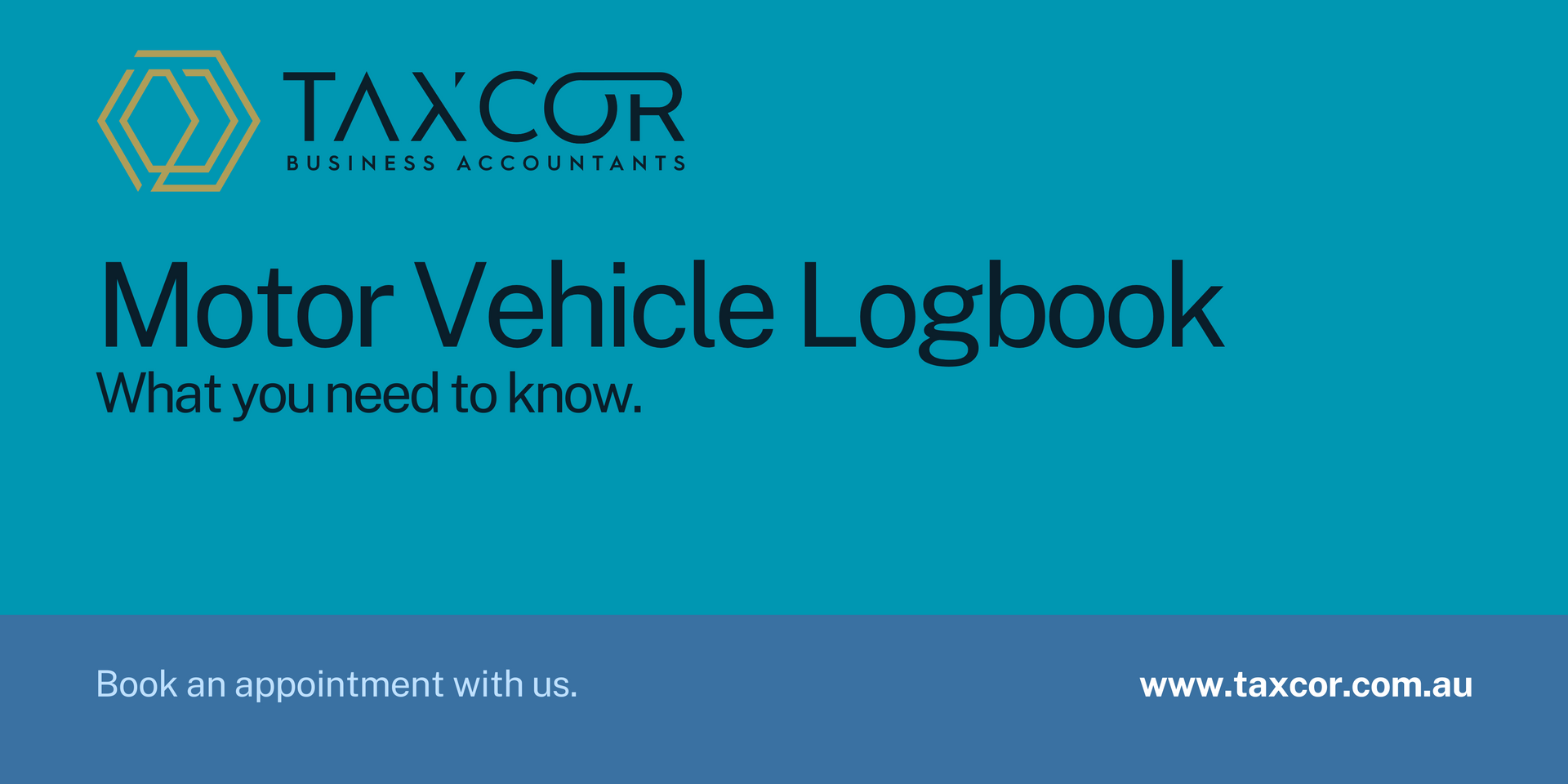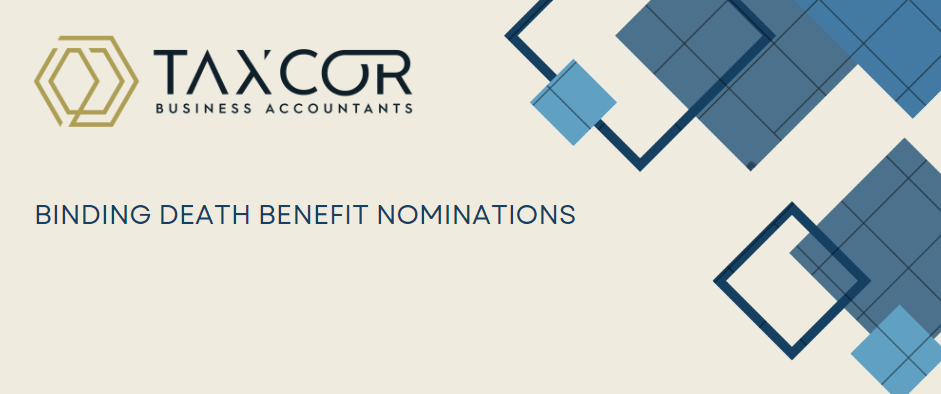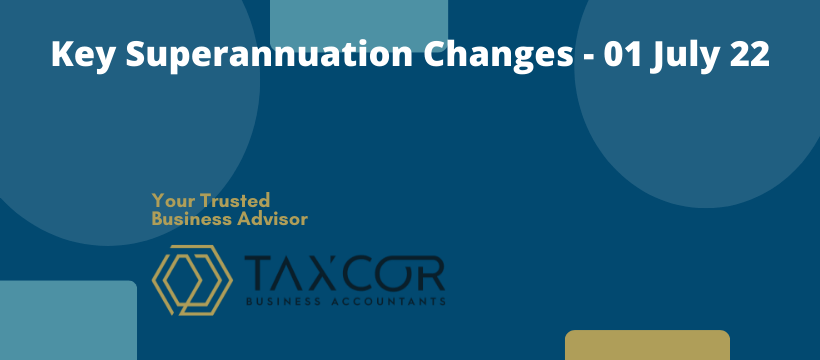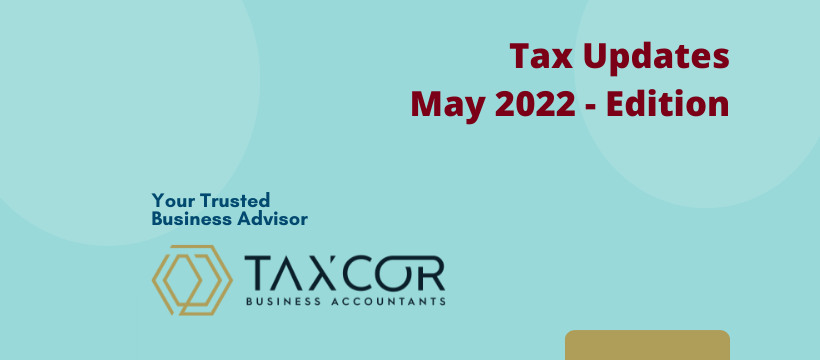Blog

By Arif Abdullah
•
April 3, 2025
When using the logbook method, you must record every trip in your vehicle (both private and business) for a 12-week period. Your logbook is then used to calculate the “business use percentage” of your car across the year. Your business use percentage is the percentage of kilometres you travel in your car for work-related purposes. It’s also the percentage of all of your car expenses you paid during the year that you can claim on your return.

By Arif Abdullah
•
April 2, 2025
For many business owners, selling a business can be both an exciting and complex milestone. One important concept to understand when selling a business is whether it qualifies as a “going concern” for Goods and Services Tax (GST) purposes. Selling a business as a going concern can have GST exemption on the sale.

By Arif Abdullah
•
March 29, 2025
Division 7A is a section of the Income Tax Assessment Act 1936 designed to prevent private companies from making tax-free payments to shareholders (or their associates). The ATO has recently published a document 'debunking' various Division 7A 'myths'.
Division 7A of the tax legislation is intended to prevent profits or assets being provided to shareholders or their associates tax free.

By Arif Abdullah
•
January 10, 2025
Fringe Benefits Tax (FBT) is a tax paid by employers on certain benefits they provide to their employees, including their employees’ family or associates. It’s separate from income tax and applies even if the benefit is provided instead of salary or wages.
FBT is designed to make sure that non-cash perks (fringe benefits) given to employees are still taxed fairly, just like normal income would be.

By Arif Abdullah
•
December 5, 2024
Holding an end of year function on business premises during work hours is the most tax effective option for businesses. In reality, most Christmas parties are not held on business premises, but at a restaurant. If the cost of food, drinks and alcohol is kept to less than $300 per employee, no FBT is payable by the employer. Unfortunately for the employer, they will not be able to claim a tax deduction or GST credit for the cost.

By Arif Abdullah
•
October 23, 2023
A ‘death benefit nomination’ is a legal document that allows a superannuation fund member to specify who should receive their superannuation benefits in the event of their death. When a superannuation fund member passes away, their superannuation account balance, along with any associated life insurance benefits, becomes part of their estate. A death benefit nomination is used to specify the beneficiaries who should receive the proceeds to ensure that these benefits are distributed according to their wishes.

By Arif Abdullah
•
May 30, 2022
Removal of $450 monthly income threshold From 1 July 2022, employees can be eligible for super guarantee (SG), regardless of how much they earn. This is because the $450 per month eligibility threshold for when SG is paid is being removed. Up until 1 July 2022, if you pay an employee $450 or more (before tax) in salary or wages in a calendar month, you will generally also need to pay super guarantee for them. Salary or wages includes any overtime. After 1 July 2022, you will need to pay their super regardless of how much they have earned in month. An increase in the Super Guarantee rate The super guarantee (SG) rate will also increase from 10% to 10.5% on 1 July 2022. You’ll need to use the new rate to calculate super on payments you make to employees on or after 1 July, even if some or all of the pay period is for work done before 1 July. The SG rate is legislated to increase to 12% by 2025. Make sure you update your payroll and accounting systems so that you continue to pay the right amount of super for your employees. New age threshold for downsizers The eligibility for downsizer contributions will be lowered from age 65 to 60, allowing retirees to contribute up to $300,000 to their super following the sale of their home. Couples will be eligible to contribute up to $300,000 each. It’s important to note that proceeds from the home sale that are transferred to super accounts will be included in the asset test for the Age Pension. The principal place of residence will remain exempt from the asset test. Contact us for an obligation free consultation or visit ATO website for more information. Read our recent posts here.

By Arif Abdullah
•
May 21, 2022
Concessional superannuation contributions Concessional superannuation contributions include employer contributions (both super guarantee contributions and employee salary sacrifice contributions) and personal contributions claimed as a tax deduction by the taxpayer. From 1st July 2021, the concessional superannuation cap is $27,500. It is not tax effective to make contributions above the contribution cap as the excess contributions are refunded to the taxpayer and taxed at the taxpayer’s marginal tax rates. Making $27,500 concessional superannuation contributions annually is very tax effective as the super fund is only taxed at 15%. In contrast, an employer or taxpayer will be in a higher tax bracket (up to 47%) (so there can be up to a 32% tax saving on the contributions made). Where a taxpayer’s taxable income is more significant than $250,000, the tax payable on the super contributions increases from 15% to 30% (so the maximum tax savings on the contributions is reduced to 17%). Private company loans and division 7A The economic impacts of the pandemic may have led to you borrowing funds from your private company or may have impacted your ability to repay loans from your company. This may inadvertently lead to adverse tax impacts under Division 7A (the section of the Tax Act that contains provisions aimed at preventing private company owners accessing company profits without paying tax on those amounts). The ATO has released new draft guidance on the application of Division 7A to unpaid present entitlements (UPE) to private companies, treating the UPE’s as simply loans for Division 7A. The intention is that from 1 July 2022, 7 or 10 year-year interest only ‘sub-trust’ arrangements will be a thing of the past. Trust distributions The ATO has also announced a major crackdown on the taxation of family trusts, in particular where they are used to make distributions to adult dependent children paying tax at lower rates, or company beneficiaries. Many family groups will urgently need to reconsider how they are using their family trust. While some of the ATO view has been released in draft form (or is not proposed to apply until 1 July 2022), other parts of the ATO view could apply retrospectively. Disclosure of business tax debts The ATO is in the process of writing to taxpayers that may be eligible to have their tax debts disclosed to credit reporting bureaus (‘CRBs’). The ATO can potentially report outstanding tax debts to a CRB where the following criteria are satisfied: The taxpayer has an Australian Business Number and is not an excluded entity. The taxpayer has one or more tax debts and at least $100,000 is overdue by more than 90 days. The taxpayer is not engaging with the ATO to manage their tax debt. The taxpayer does not have an active complaint with the Inspector-General of Taxation about the ATO’s intent to report its tax debt information. Excluded entities are a deductible gift recipient, a complying superannuation fund, a registered charity and government entities. The purpose of this letter from the ATO is to raise awareness of the actions that the ATO can now take under the Disclosure of Business tax debts measure. The letter will be sent to all taxpayers with business tax debts that currently meet the criteria (discussed above) for disclosure. This letter from the ATO provides business taxpayers with information on how to effectively engage with the ATO to manage their tax debt. Taxpayers can avoid disclosure to a CRB by making payment in full or negotiating a payment plan. If an eligible taxpayer does not take steps to actively manage their debt, they will remain eligible for disclosure. Before the ATO takes any final action to disclose a tax debt, it will issue the taxpayer with a formal Intent to Disclose Notice. If a taxpayer receives an Intent Notice asking them to ‘Act now or your debt will be disclosed to credit reporting bureaus’, the taxpayer or their tax agent must contact the ATO within 28 days of receiving the notice to discuss how the taxpayer will manage their debt. It is crucial for taxpayers to engage with the ATO early before their debts become unmanageable. Temporary full expensing of depreciating assets From 6 October 2020 to 30 June 2023 businesses with a turnover of up to $5b may take immediate deduction for assets installed and ready for use by 30 June 2023. The applicable thresholds to be eligible for the instant asset write-off in recent years are as follows: Asset acquired and first used or installed ready for use between 2 April 2019 to 12 March 2020, entity with aggregated turnover Less than $50 million, can instant write-off an asset cost up to $30,000. Asset acquired and first used or installed ready for use between 12 March 2020 to 6 October 2020, entity with aggregated turnover Less than $500 million, can instant write-off an asset cost up to $150,000. Asset acquired and first used or installed ready for use between 6 October 2020 to 30 June 2023, entity with aggregated turnover Less than $5 billion, can instant write-off an asset up to any values. After 30 June 2023, under the current rules, the immediate deduction threshold for depreciating assets will return to $1,000 for small businesses. Where the asset acquired is a car, the immediate deduction is capped at the car limit ($59,136 for 30 June 2021). The balance of the cost of the car is not deductible. For businesses using the small business pool for depreciation, from 6 October 2020, any balances of pooled assets may be fully depreciated. Get on top of your record keeping and tax governance Are your records in good order? Do you have good systems in place to show how you have reported and calculated your income? The rapid rate of change the past couple of years may have led to an ‘act now, document later’ attitude which is understandable, but may cause you headaches down the track. A return to ‘business as usual’ should include taking the time to review your record keeping and ensuring you hold sufficient appropriate documentation to support any positions you have adopted. As in previous years, this will continue to be important if you have accessed any government incentives. While the ATO and other regulatory bodies have expressed a certain leniency around honest mistakes, they are returning to ‘business as usual’, and clear and detailed documentation to support decisions made will still be vital in the event of a review or audit by the ATO or other body. Depending on the size of your income or business activities, you also need to be aware that the ATO is increasingly examining how taxpayers put together the information they use to prepare their tax returns under ‘Tax Governance’ principles. In simple terms, the ATO wants to know what processes you go through to prepare and collate the records you need to complete your tax return. For a straightforward business this may be simple as ensuring reported income reconciles to bank statements and keeping proof of a contemporaneous reconciliation process. For more complex businesses, you may have to show how your internal processes are set-up to capture and record information accurately, and how you identify transactions that give rise tax risks, or uncertain tax positions. Contact us for an obligation free consultation. Read our recent posts here.
Get in Contact
We would love to hear from you. Please contact us today for an obligation free consultation.
Liability limited by a scheme approved under Professional Standards Legislation.
Copyright Small Business Tax Accountants || Taxcor Business Accountants ©
| Terms & Conditions
| Privacy Policy
| Disclaimer
| Site Map
| Websites for accountants by Wolters Kluwer


